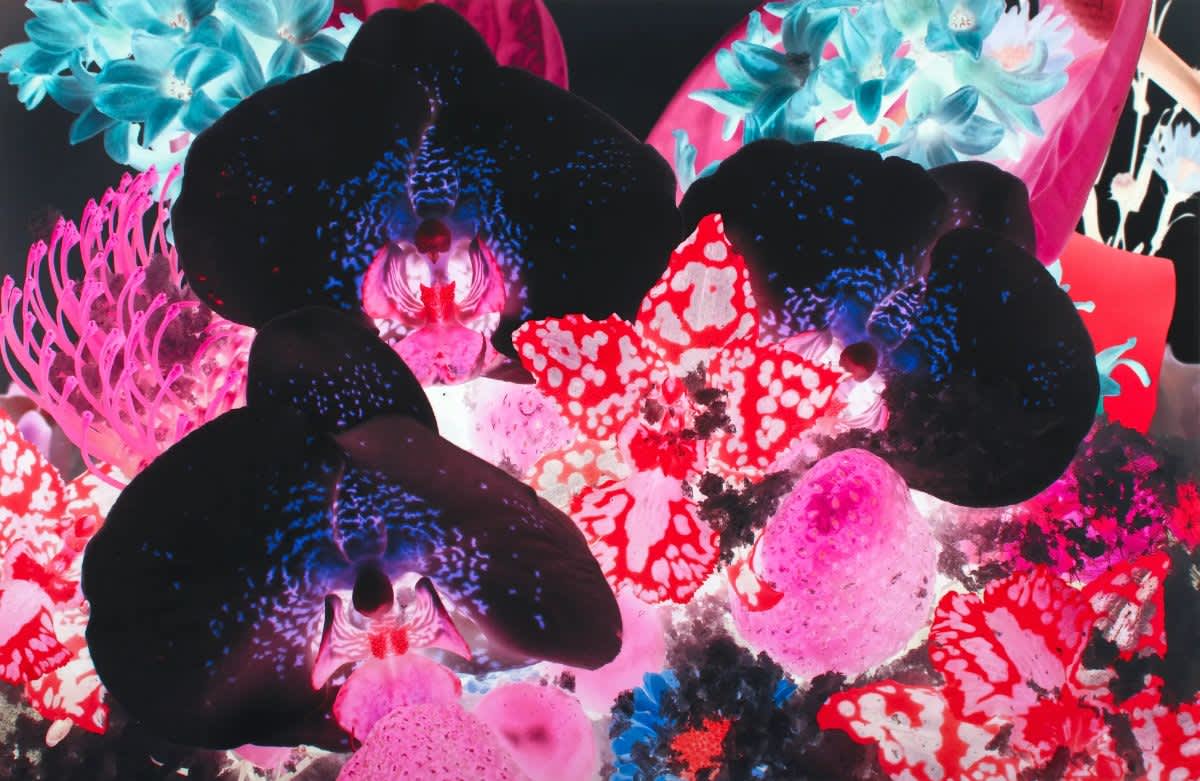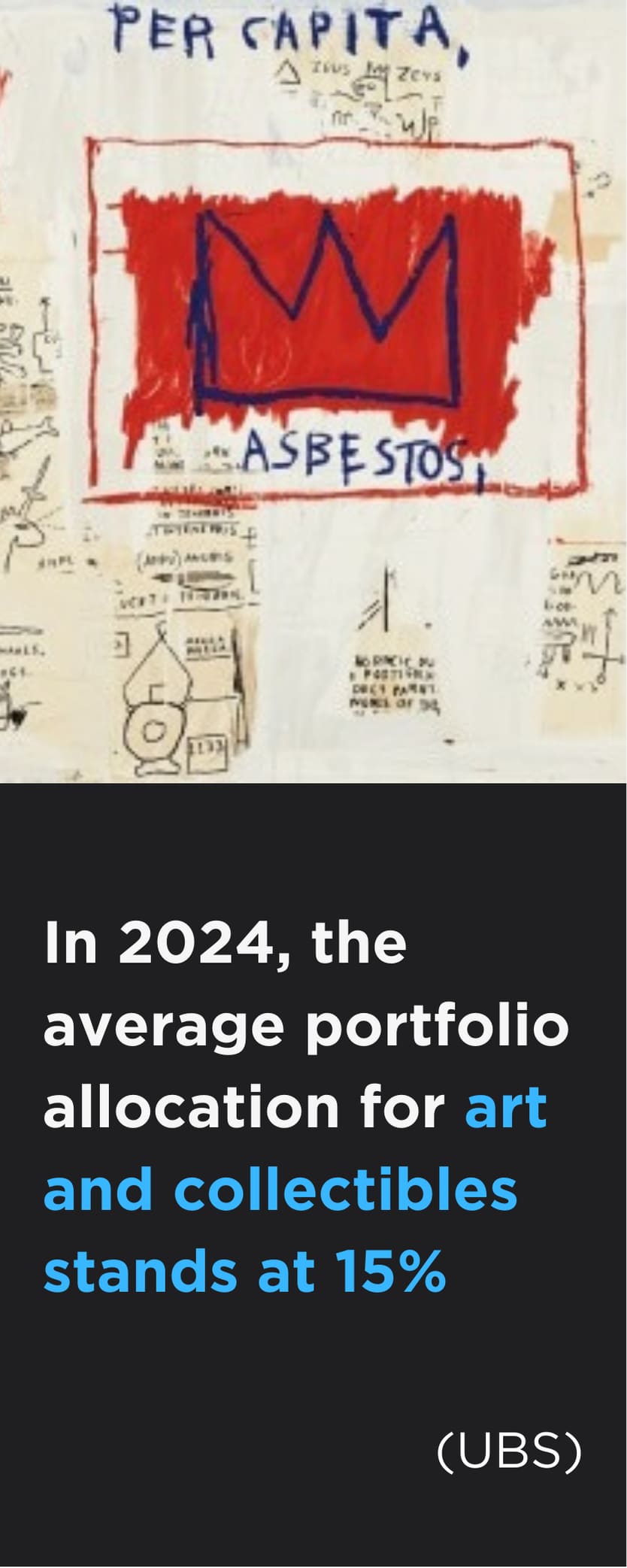Accumulate an art collection with ease, with Jay Rutland’s 8 top tips for accessing and navigating the art market.
With a long history of exclusivity and elitism, many art enthusiasts still perceive the concept of collecting art as something that is far from accessible and restricted to a rare few. However, with the pandemic enacting a shift from the physical to the digital realm and resulting in a sharp increase of online art sales, buying art has never been easier.
Despite this, the idea of starting an art collection can be incredibly daunting. There are a thousand and one questions that everyone feels they ought to know the answers to before starting, but in reality, collecting is much less overwhelming than it seems.
To further help demystify the subject, we discussed the art of collecting with Maddox Gallery Creative Director, Jay Rutland. As an avid art enthusiast who has enjoyed building his own collection over the years, Rutland imparts his knowledge in the form of eight essential tips that every aspiring collector should know.
Art Is For Everybody
“Collecting art is no longer reserved for an exclusive group of art enthusiasts. Due to the increase of online art platforms, especially over the course of 2020, researching and buying art is becoming more accessible than ever.”
With the majority of exhibitions and auctions online for the foreseeable, collectors can not only research artists and the latest trends, but they can also now purchase works at reputable galleries from the comfort of their own home. Rutland recommends that all new collectors use this new digital landscape to their advantage by exploring and absorbing as much online content as they can. With the right due diligence, any aspiring collector can familiarise themselves with market trends and the essential terminology to start a successful art collection.
Collecting Art Is Affordable
“It is a common misconception that an extraordinary work of art comes hand in hand with an extraordinary budget. Although for some artists’ works this can be the case, there is a large proportion of art on the market that has a small price-tag, but a huge unrealised potential.”
In 1964, Don and Mera Rubell, now perhaps two of the most globally beloved collectors of contemporary art, started collecting with a $25 dollar a week budget. Beginning with this frugal plan, the couple ended up growing the largest private art collection in North America and now own works by Jean-Michel Basquiat, Keith Haring and George Condo, to name just a few. The key to their success? Emerging artists. Many of their most valuable pieces were acquired at a low-cost near the beginning of an artist’s career, demonstrating that supporting emerging talent is a key component of starting a successful collection. From Graceland to Lefty Out There, developing artists promise more for their money as well as having the added bonus of being able to watch them burgeon.

GRACELAND, DRINK DRIVING, 2020
Never Underestimate the Power of Prints
“When I first started collecting, I wish someone had encouraged me to buy prints from a range of artists. Prints are often overlooked by emerging collectors, but they’re actually an excellent way of acquiring both blue-chip and established artists at an affordable price point.”
As prints come in editions of multiples, the medium is often much more reasonable in price, meaning they are great for aspiring collectors. Internationally renowned British visual artist, Marc Quinn, has created a range of affordable prints meaning that even a young first-time collector can acquire a work by this widely celebrated artist.
You Don’t Need a Plan
“I think one of the biggest myths surrounding collecting is that all great art collectors started with a plan. Ask the owner of any reputable collection and you will quickly realise that this is not the case.”
Art collecting is about acquiring works you love, objects that intrigue and challenge you. You will understand more about your tastes and preferences over time as they develop with your collection but as a starting point, just buy something you’d like on your wall and the rest will follow.
It Isn’t Just A Monetary Investment
“It is well known that art can be a dependable financial investment, but you must also think of art as an emotional investment.”
How you spend your money speaks to you and your values as a person, shaping your identity. When you consider where your money goes after you spend it, many purchases can only be enjoyed in the moment and often don’t have longevity. With art, you’re not only placing funds into something that could offer a return in future, but you’re also investing in something that will both brighten your home and bring you joy.
Never Regret Buying Artwork
“Never be afraid of purchasing a work you think you may not like in ten years time. In my experience, people tend to regret the artwork they never bought much more than works they have.”
Although your taste will inevitably develop over time, it is important to remember that each acquisition marks a certain time and place in your life and like chapters of a book, each artwork adds to the narrative.
It Connects You To A Community
“Collecting art is much more than just a way to spend your money. It becomes a way of life and a passion that you can share with others.”
For most collectors, acquiring art becomes a hobby and for the rare few, it can even become a career. There is a vast and varied international network of collectors that spans the globe and by purchasing artwork, you are instantly connected to that diverse and insightful community. Do not be afraid to reach out to other collectors to share ideas and learn more. Knowledge is power and advice from other collectors in invaluable.

It’s Incredibly Addictive
“Once you start, you will want to buy more. I started my collection with a Banksy print and as soon as I bought it, my love-affair with art began.”
What starts as a simple purchase to fill a blank wall or enliven a dull space will inevitably transform into a fully-fledged fling with the art world. Rutland's advice comes with a simple warning; collecting art is potently addictive.
















